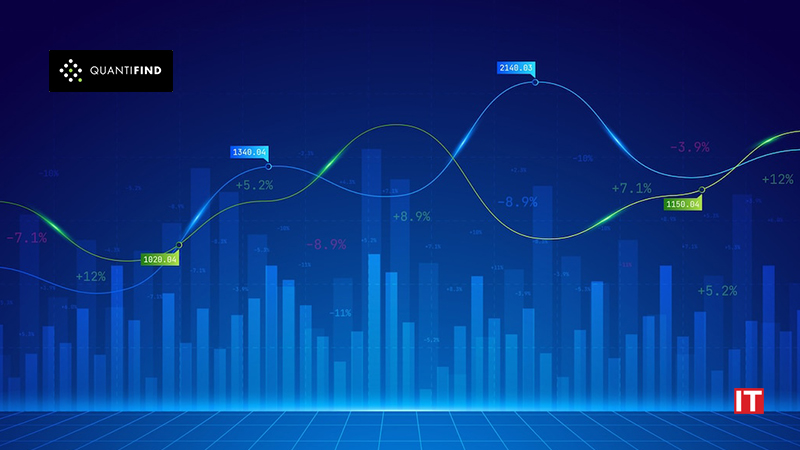In the field of financial crimes risk and compliance, investigators rely on big data and expert judgment to label individuals and organizations on their potential risk as customers. To develop more accurate risk labels and better protect financial institutions, Quantifind has created “risk cards,” a standard to improve computer models and better resolve questions of risk.
Quantifind’s Graphyte platform leverages artificial intelligence to resolve entities and then label them with risk. These labels can alert customers to pertinent, risk-related information regarding an individual person or organization. Customers can then minimize the risk that said entity poses by proactively protecting their business or mission with the appropriate course of action.
Risk exposure threats are diverse and come into play in multiple sectors. Banks primarily focus on financial crime regulations and policies, whereas government agencies are more likely to be concerned with malign and international actors. Investors, on the other hand, want to ensure financial stability and security. In the real world, these risks correlate and are interwoven. Financial instability can lead to financial crimes, which in turn create national security issues. For example, wildlife trafficking networks correlate and converge with weapons trafficking networks and use the same infrastructure and people.
However, terminology or “signals” from these different fields and their data sources can lead AI to create ambiguous risk labels, leading to inconsistent or incorrect outcomes. Definitions of the same risk differ across private and public institutions and are not applied consistently or to the same quality level. Quantifind’s risk cards are a way to solve that problem, by setting standards that support collective identification and intervention of crimes.
Also Read: Source Photonics Reveals High Speed 25G/50G PON Access Solutions at ECOC 2022
Risk cards serve as a place to cleanly define individual risks (e.g., corruption, disinformation, etc.), clarify gray areas (cyber crime vs. war crimes, human trafficking vs. smuggling), collate key terminology, provide training examples, and share data sets and signals that relate to the risk. These definitions are intended to be interpretable and operationalized by both humans and machines that screen entities for these risks. Thus, the cards provide an effective vehicle for non-technical domain experts to inform semi-automated workflows, establish a common language, and “train” both analysts and algorithms.
Apart from individual risk clarification, a risk card taxonomy also serves to guide the effective categorization of risks. One useful strategy to categorize risks is to map risks into the social classes where they pose a threat. Quantifind has used one of the oldest taxonomies for class divisions in society, suits in a deck of playing cards. Diamonds correspond to the merchant class, so that is assigned to the “Financial Crimes Risk” category. Spades refer to a weapon used by the military class, so that is mapped to “National Security Risk.” Hearts were linked to the clergy class, and in turn to health, so that maps to “Financial Health Risk.” Finally, clubs relate to the agricultural class, and so are mapped to “ESG Risk,” representing Environmental-Social-Governance.































